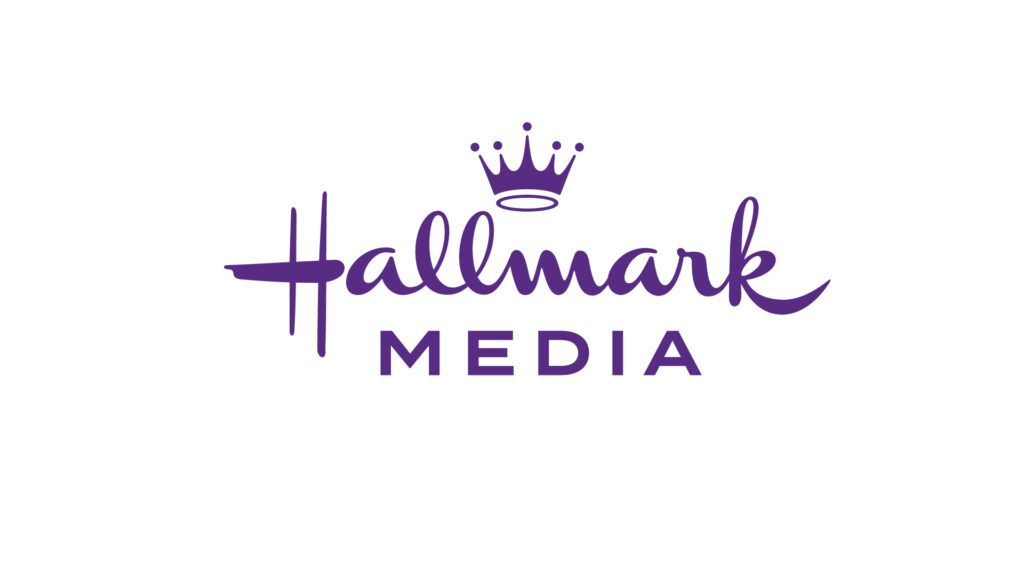 Contextual targeting is a technique in digital advertising that involves placing digital ads next to relevant content. And it’s gaining more traction as marketers prepare for a cookie-less future. Many brands already use contextual targeting to a degree. But as it continues to grow, companies can move from minimal contextual targeting to a more granular approach focused on testing, measuring performance and dynamic creative messaging, according to an article in AdExchanger.
Contextual targeting is a technique in digital advertising that involves placing digital ads next to relevant content. And it’s gaining more traction as marketers prepare for a cookie-less future. Many brands already use contextual targeting to a degree. But as it continues to grow, companies can move from minimal contextual targeting to a more granular approach focused on testing, measuring performance and dynamic creative messaging, according to an article in AdExchanger.
While brands may be doing some form of contextual advertising already—a direct-to-publisher media buy of a publication’s sports coverage, for instance—companies that want to increase their usage of the tactic should focus on contextual categories related to their brands. An example: an airline can advertise against a travel article instead of one that’s about green energy, which would require a different message. Marketers can focus on broad categories, but they should also monitor how certain keywords or types of content perform.
Media agencies recommend getting as granular as possible with campaigns and evaluating the performance of subcategories. A yoga brand, for instance, might get better results against meditation articles rather than against articles about high-intensity exercise. Testing a range of categories will allow marketers to better optimize results.
Contextual targeting can also lead to dynamic creative optimization. Brands creating multiple versions of advertising creative for different contexts, using keyword categories, helps advertisers tailor messages to fit specific environments. And they can also use the insights to inform overall marketing strategy. For more on contextual targeting—including what’s ahead for the tactic in 2021—read more in AdExchanger.
 Network
Network

